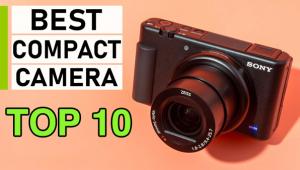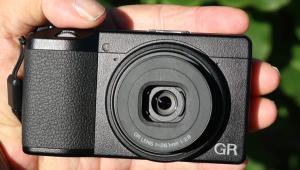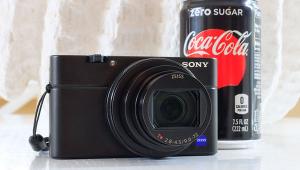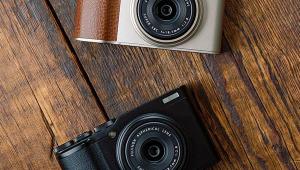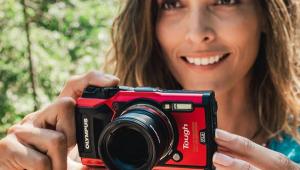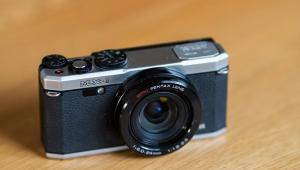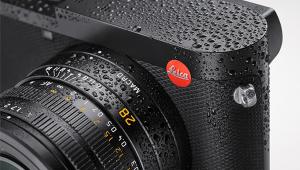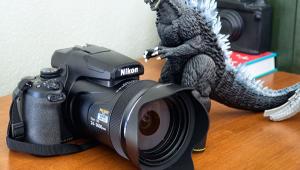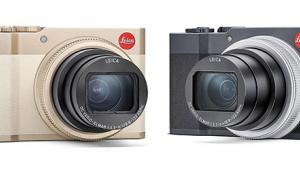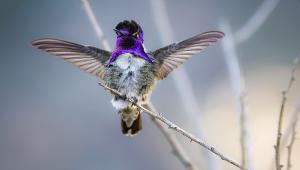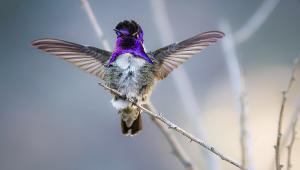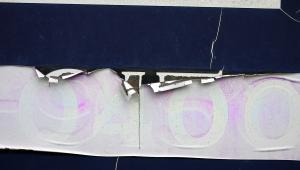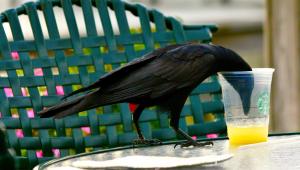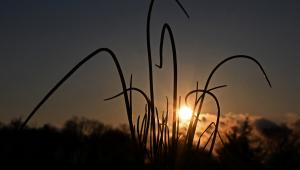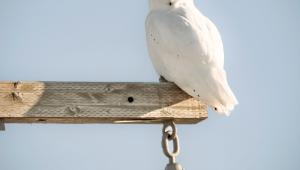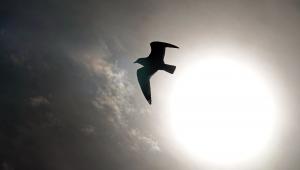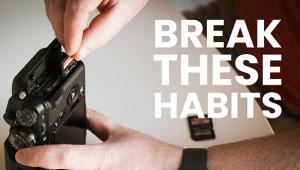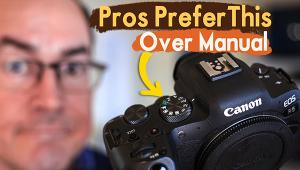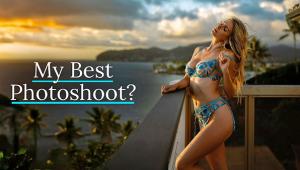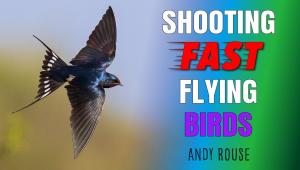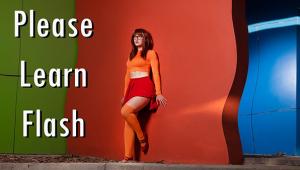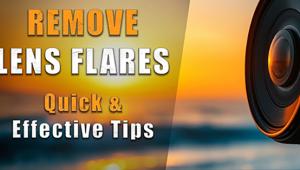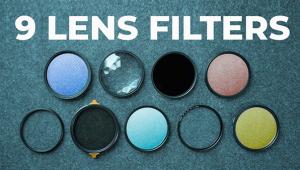Five 10-Megapixel Digicams: Small Cameras, Big Files; Canon’s PowerShot G7, Casio’s EXILIM EX-Z1000, Olympus’ Stylus 1000, Panasonic’s Lumix DMC-LX2, Samsung’s NV10 Page 2
With mid-afternoon window light streaming through a RedWing Cocoon, only the Canon and Panasonic delivered usable results in AWB, both in terms of color balance and exposure. The Samsung produced a reasonable exposure, tinged with a color cast, compensating too much on the red side. Aside from exposure problems, the Olympus camera needed a mix of color balance corrections on all channels, and the Casio image was too warm overall (although one click of Photoshop's Auto Color command seemed to do the trick for both images, if you don't mind taking shortcuts).
My final tests involved shooting a snowy landscape in Snow Scene mode and a skyscraper in Landscape mode--both in late afternoon, as well as close-ups of a yellow rose on my windowsill. On the Samsung and Olympus cameras, snow and beach are one setting, whereas the Canon and Panasonic had separate snow and beach settings that tailor color and tone individually. Surprisingly, the Casio, with its plethora of BestShot scenarios, lacked a scene setting for beach or snow, so I used the Landscape mode, which did not help. But in terms of color balance and exposure, the Canon and Panasonic led the pack.
In Landscape mode, the Samsung image was too blue but the NV10 did produce a nice picture in Program mode of the Time Warner Center in New York City. The Panasonic image might be judged as too blue, but the wide perspective lends a nice touch. Of the remaining images, the Canon arguably produced the best image, although the other images came awfully close. (Note: there was a very pronounced green color fringe in the Casio shot, with the other pictures exhibiting color fringing to a lesser degree.)
And finally, when it came to shooting close-ups by window light, the clear winner was the Canon. It produced the tightest close-up, an abstract that I found appealing. Images with the Samsung and Casio were acceptable, although not as tight. The Olympus and Panasonic images were seriously wanting in every respect. Interestingly, the Casio's Flower BestShot mode produced the only usable flash close-up.
 |
|
 |
|
|
Conclusions
Because it is the only camera in the group to accept external shoe-mount flash units, thanks to its dedicated hot shoe, the Canon PowerShot G7 gets my vote. But looking beyond that, this camera also proved itself a very capable performer all around. Was it a clear winner? No. The Panasonic Lumix DMC-LX2 is a serious contender, especially since it offers raw capture, and you have to admit that the wide 16:9 format is eye-catching and the perfect size for my 24" widescreen desktop background.
Then we come to the mighty minis. Size alone recommends each one of these cameras if you want to keep a camera handy in your pocket. The Olympus Stylus 1000 has the simplest interface plus an all-weather design, so you can use it in the rain or on the beach. The Samsung NV10, on the other hand, has the cleverest and most novel interface. Still, pushing combinations of buttons on the NV10 was time-consuming and sometimes awkward. On top of that, this was the only camera tested that lacked a live histogram. I really liked the choice of BestShots the Casio EXILIM EX-Z1000 offered. They included effects not readily found on other cameras, such as cross-stars. And if you asked me to choose from among these tiny contenders, it would be tough, but in the end I would opt for the Samsung, not so much because of its performance as for its styling. The Samsung NV10 is the kind of camera you want to be seen with, whereas the Canon PowerShot G7 is the kind of camera you want to shoot with.
- Log in or register to post comments


